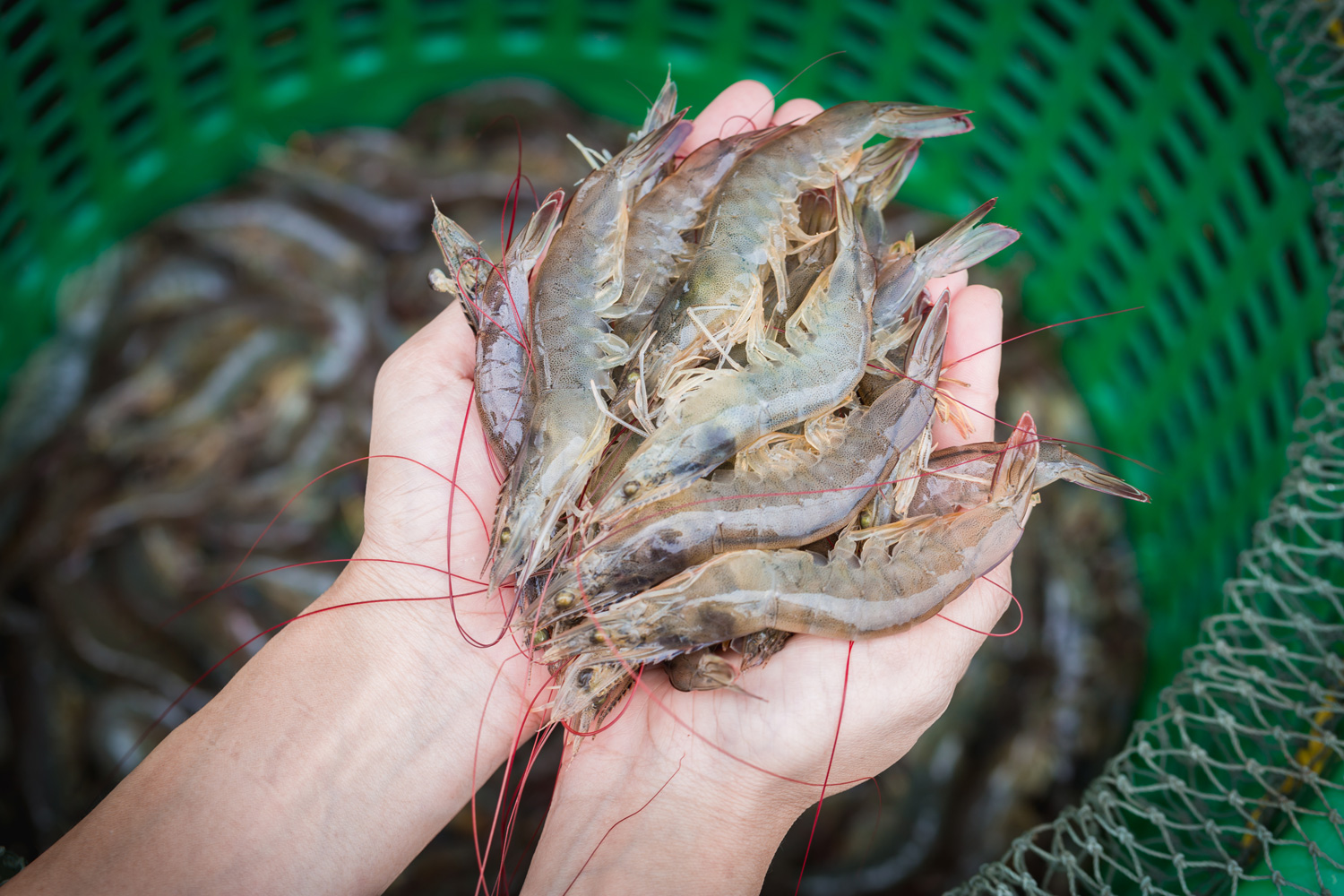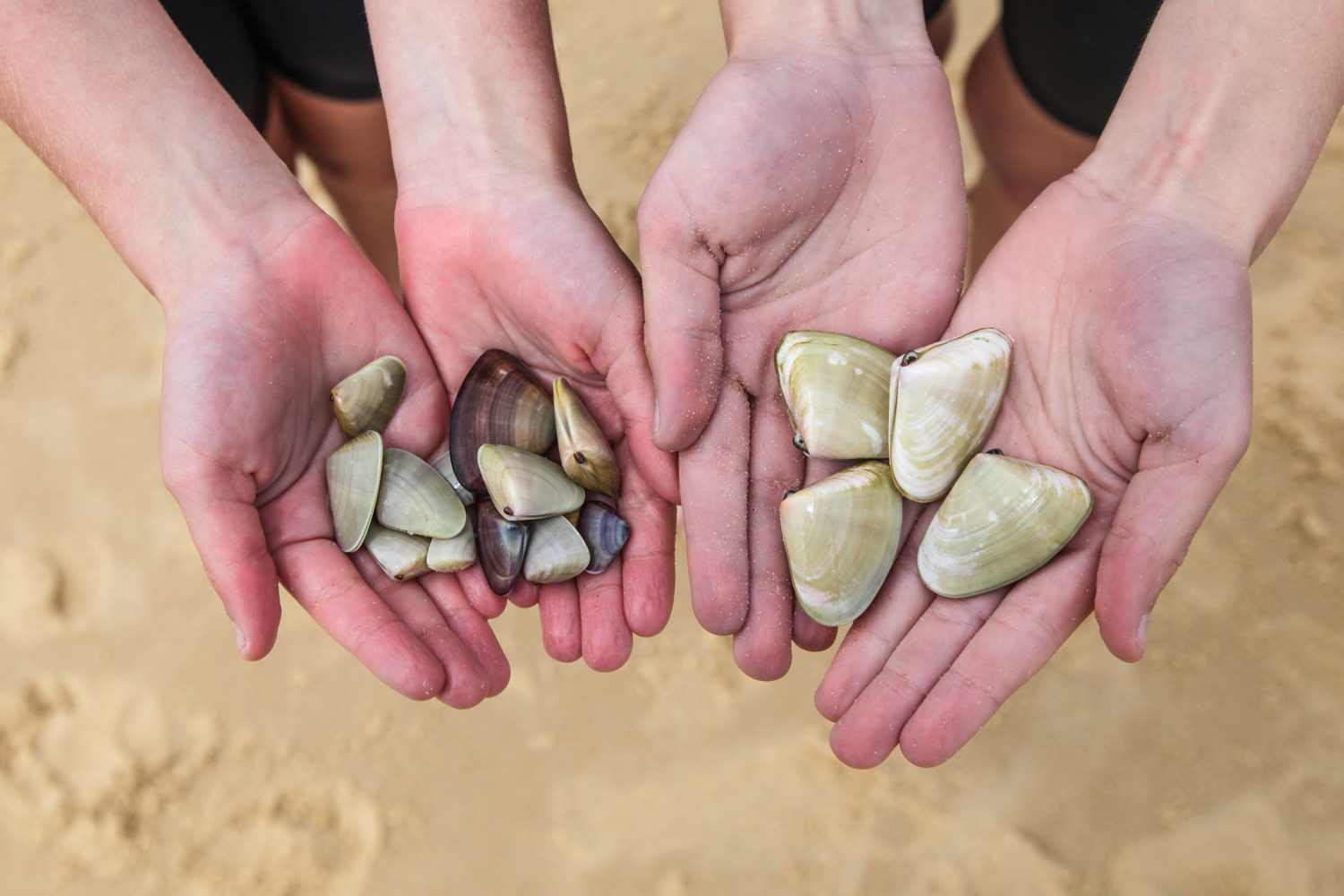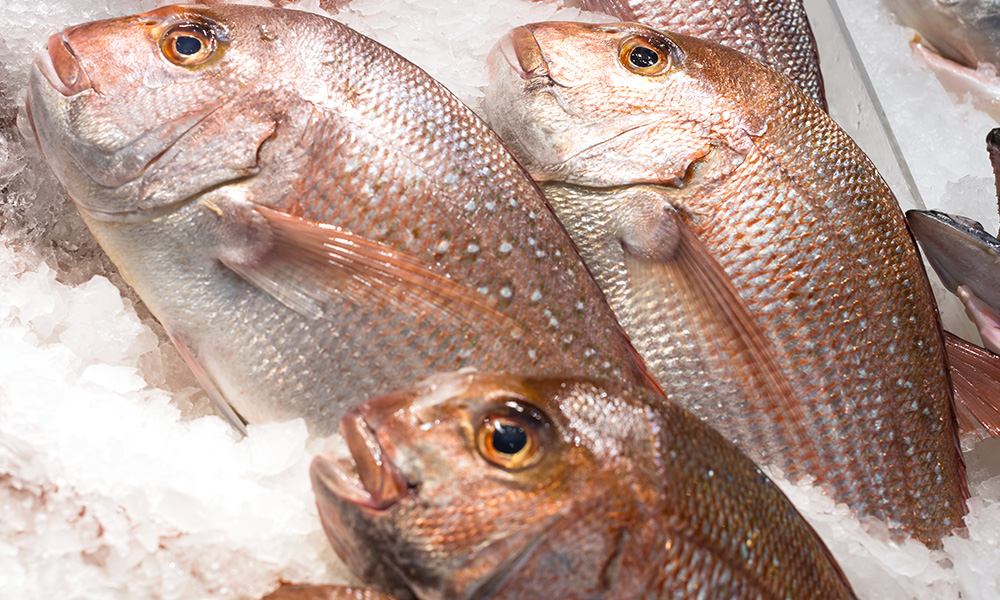Perk Up with 6 Tasteful Malaysian Drinks
Lighten your mood and rejuvenate your senses with 6 must-try Malaysian drinks!
Discover the authentic in Asian cuisine food

When you’ve got coastline like Australia’s, best take advantage of it, and one of the best ways to do that is by enjoying its bounty!
Australia is home to some of the best eating seafood in the world and fishing is a religion for millions of us all over this great brown land. Whether you’ve got a boat, a canoe or just a jetty, people are throwing a line in all over the place.
With so much of our seafood highly prized in Asia and around the world, it can be difficult to get the very best produce locally. So learning how to catch some yourself is a very useful idea. Nothing beats the freshness of seafood pulled straight from the ocean.
So, we’ve picked 3 of our favourite sea-based treats and decided to show you not just how to cook them, but where to find them and catch them yourself. And where better to start than the humble prawn.

Australian prawns are a true seafood favourite. They’re available all year round and are fantastic for our body. Prawns are high in protein, iron, zinc and Vitamin E and omega-3 fatty acids. There are 4 main species of prawn fished in Australia.
Banana Prawns
Banana prawns have a sweet and mild flavour and are at their best around mid-autumn. Banana prawns are big prawns and have a translucent white-yellow body with tiny reddish-brown markings on their shells. Cheaper than tiger prawns, they’re great for big dinners.
King Prawns
The prawn most Australians think of, they can be found all the way around our country’s coastline. King refers to the species, not its size. The tail ends are bright blue when raw and are packed with flavour. They’re at their best in summer and look great served whole.
Tiger Prawns
The pick of the bunch for most top restaurants, tiger prawns are at their best their best during late summer to mid-autumn. They might be Australia’s best-looking prawn, with their striped carapace looking particularly striking.
Endeavour Prawns
These prawns have a pale brown/pinkish body with either a bright blue or bright red flicker on the edge of their tail fin and their legs are pink to red and are great for finger food.
Where to find them
Found around the northern coast of Australia from the NSW-Queensland border to Shark Bay in WA, prawns are mainly caught by trawlers between Exmouth Gulf, WA and Brisbane, with the bulk of the catch coming from the Gulf of Carpentaria.
How to catch them
Fish in shallow water. Prawns hatch in shallow coastal waters. They also tend to stay in large, shallow bodies of water with tide pools or bays. An experienced fisherman always fish for prawns when the tide runs out, as prawns will naturally come up toward the surface of the water as it becomes shallower. Then skim them out of the water with a hand-held net! If you can, fish at night. Prawns are sensitive to light, so if you have a torch shine it in the water to attract the prawns.
How to cook them
We love prawns because they’re so amazingly flexible in the kitchen. They’re fantastic in stir-fries whether whole or shelled, brilliant fried or steamed and amazing in dumplings. And everyone’s thrown them on a barbie before! Garlic and chilli prawns and salt and pepper prawns are two of our favourites. As with all seafood, make sure you don’t overcook them!

Pipis are small shellfish or clams found all across the beaches of Australia. In Australia, they’ve been traditionally used as bait but have been used as an ingredient in delicious Asian dishes for years.
Where to find them
Most prevalent along Australia’s south-east coastline, they are found under the sand at low tide.
How to catch them
Being immobile out of the water, these tasty little molluscs are super easy to catch. Just dig under the sand at a known pip hotspot and you’re sure to find a bucketful! Just be mindful – pipi popularity has risen sharply in recent years, and locals aren’t always receptive to tourists coming in and taking away their shellfish. Make sure you monitor the water conditions too, as pipis filter water to eat, meaning they take on all the bad stuff too.
How to cook them
Brilliant in soups, hotpot and dumplings, as well as simply grilled or stir-fried, the pipis are best in a flavourful broth or sauce or as a secondary protein to go with fish or prawns, as their flavour is quite delicate.

These silvery-pink members of the bream family are one of Australia’s best-eating fish. Named for their frightening mouth full of teeth, these carnivorous little fish are found whole and filleted on menus all across Australia.
Where to find them
All across the southern coast of Australia, Tasmania and up the east and west coasts.
How to catch them
You’ll probably need a boat for this one, though some beach fishing spots – Like around Victoria’s Port Phillip Bay – can prove successful.
Snappers are not fussy eaters, so squid, pilchard or bonito are all acceptable as bait. Best time of day to chase snapper is always a hotly debated topic, but dawn & dusk seem to be the prime snapper periods.
Snapper is most commonly found in depths of between 15 to 25 metres in larger bays, however, they can be found anywhere from 5 metres to 120 metres.
How to eat them
Steamed whole with Chinese cooking wine and soy sauce, filleted and fried in a wok with vegetables, grilled and served with rice and noodles and even in dumplings, this delicious white fish is incredibly versatile and will fit most methods of cooking.
If you’ve got a favourite seafood recipe, let us know!

Lighten your mood and rejuvenate your senses with 6 must-try Malaysian drinks!

Pair your hearty barbecues with these refreshing Asian delights!

What are the properties of ginger, and how to pick, store and use ginger in your cooking? Find out here!